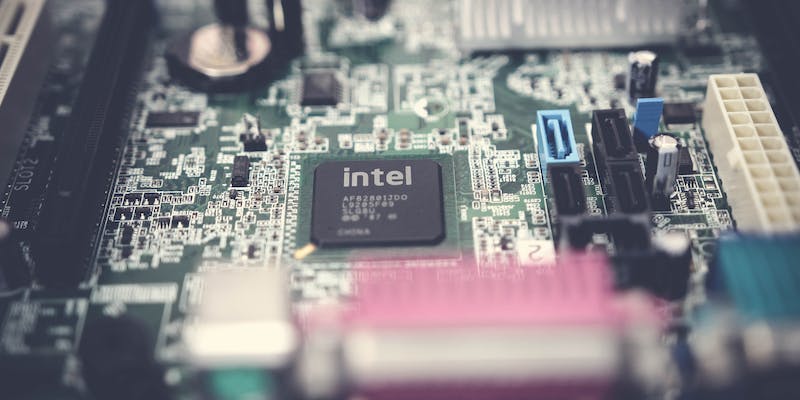In the dynamic world of semiconductor manufacturing, Intel has long been seen as trailing behind its main competitor, TSMC, in terms of progress on advanced nodes. However, since CEO Pat Gelsinger embarked on an aggressive comeback strategy upon returning to the company in 2021, Intel appears to be on the path to regaining its industry dominance. In a recent interview, one of Intel’s Vice Presidents revealed the company’s ambitious plan to enter production on its cutting-edge “2nm” node, referred to as Intel 20A, in the coming year. This announcement has sparked excitement and anticipation within the industry as experts speculate about the potential ramifications and the reestablishment of Intel as a true technology leader.
Intel’s plans for the 2nm node
During the interview, Intel’s Vice President Natarajan expressed confidence in the company’s trajectory, stating that mass production on the much-anticipated 2nm process is set to begin in 2024. This bold move would mark a significant milestone for Intel, enabling the company to regain its position at the forefront of the industry’s miniaturization race. With ambitions to lead in chip miniaturization once again, Intel aims to leverage its advanced technology to deliver groundbreaking advancements in performance, power efficiency, and other crucial aspects of semiconductor manufacturing.
Potential industry leadership
If Intel successfully executes its strategy and commences 2nm production next year, it has the potential to become the industry leader. TSMC, its main rival, is not expected to start its 2nm production until 2025, and there are even rumors suggesting a possible delay until 2026. Meanwhile, Samsung, another formidable competitor, plans to commence 2nm production in 2025. This places Intel in a remarkable position, poised to lead the industry in terms of advanced nodes and drive technological advancements.
Impact on Intel’s product line
Intel’s commitment to the 2nm node brings exciting prospects for its product line. If all goes according to plan, Intel aims to deliver its first desktop-class processors on the 2nm node in the latter half of 2024. This milestone will be achieved with the introduction of Arrow Lake, Intel’s first tile-based desktop chip. The potential of the 2nm process to enhance performance, reduce power consumption, and improve overall efficiency is expected to pave the way for a significant leap in Intel’s product offerings.
The company’s progress on the roadmap
Intel’s recent delivery of Meteor Lake, a chip that had faced significant delays, indicates that the company is back on track in transitioning from one node to another. The successful launch of Meteor Lake demonstrates Intel’s dedication to meeting its roadmap targets, further instilling confidence in the company’s ability to execute its ambitious plans.
Intel’s aggressive comeback strategy, spearheaded by CEO Pat Gelsinger, has set the stage for a revolutionary leap in semiconductor manufacturing. The company’s plan to initiate production on the 2nm node in 2024 has the potential for far-reaching implications. As Intel aims to lead in miniaturization once again, it could surpass its competitors and usher in a new era of advanced chip technology. The successful execution of Intel’s strategy would not only strengthen the company’s market position but also contribute to the overall progress and innovation across the semiconductor industry. With the countdown to 2nm production underway, the industry eagerly awaits Intel’s next move as it endeavors to reclaim its status as a groundbreaking technology leader.

